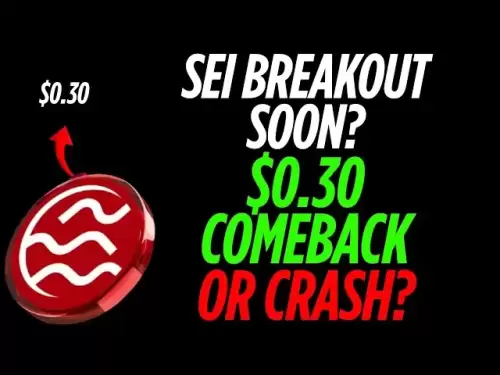-
 Bitcoin
Bitcoin $109,583.2239
0.19% -
 Ethereum
Ethereum $2,583.4612
0.48% -
 Tether USDt
Tether USDt $1.0003
-0.04% -
 XRP
XRP $2.2681
0.70% -
 BNB
BNB $659.9218
-0.52% -
 Solana
Solana $151.4961
-0.37% -
 USDC
USDC $0.9999
-0.02% -
 TRON
TRON $0.2861
1.20% -
 Dogecoin
Dogecoin $0.1718
0.04% -
 Cardano
Cardano $0.5960
-0.07% -
 Hyperliquid
Hyperliquid $40.1233
2.85% -
 Sui
Sui $2.9974
2.48% -
 Bitcoin Cash
Bitcoin Cash $497.1279
-1.76% -
 Chainlink
Chainlink $13.7275
-0.22% -
 UNUS SED LEO
UNUS SED LEO $9.0241
0.70% -
 Avalanche
Avalanche $18.5536
-0.88% -
 Stellar
Stellar $0.2421
1.39% -
 Toncoin
Toncoin $2.8593
-0.51% -
 Shiba Inu
Shiba Inu $0.0...01187
-0.07% -
 Litecoin
Litecoin $90.0023
2.90% -
 Hedera
Hedera $0.1590
2.79% -
 Monero
Monero $322.1495
0.00% -
 Polkadot
Polkadot $3.5453
-1.00% -
 Dai
Dai $1.0000
-0.01% -
 Bitget Token
Bitget Token $4.5733
-1.06% -
 Ethena USDe
Ethena USDe $1.0002
-0.01% -
 Uniswap
Uniswap $7.6345
3.03% -
 Aave
Aave $279.2583
0.47% -
 Pepe
Pepe $0.0...01003
-1.52% -
 Pi
Pi $0.4941
-0.32%
What is MEV-Boost?
MEV-Boost allows Ethereum validators to securely outsource block building, maximizing rewards through competitive MEV auctions while maintaining decentralization and network security.
Jul 03, 2025 at 07:56 pm
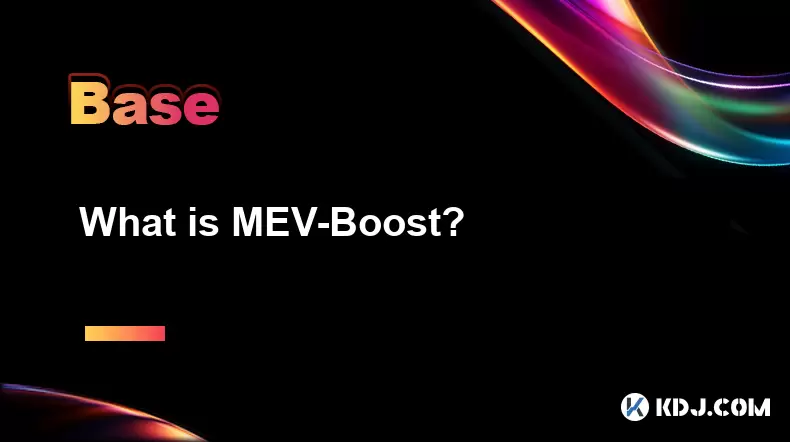
Understanding MEV-Boost in the Ethereum Ecosystem
MEV-Boost is a critical component of modern Ethereum infrastructure, especially post-Merge. It stands for Maximal Extractable Value Boost, and it was introduced to help validators participate in MEV auctions without running their own block-building software. The tool was developed by Flashbots to streamline the integration of MEV into the Ethereum consensus layer.
Validators who choose not to build their own blocks can use MEV-Boost to connect with third-party block builders. These builders collect transactions from the mempool, organize them into full blocks, and submit bids to validators offering the highest tip. This process allows validators to maximize their rewards while maintaining decentralization and network security.
MEV-Boost enables validators to outsource block building securely while still benefiting from MEV opportunities.
How Does MEV-Boost Work?
MEV-Boost functions as a relay between validators and block builders. When a validator is selected to propose a block, instead of building it themselves or relying on a local execution client, they send a block request through MEV-Boost. This request goes to various relays that host different block builders.
Each relay receives the request and forwards it to its associated block builder. The builder then constructs a block filled with profitable transactions (like arbitrage or liquidations), calculates the execution payload value, and returns it to the relay. The relay signs and forwards the highest-value block to MEV-Boost, which then sends it back to the validator for inclusion.
- Validator requests a block via MEV-Boost
- MEV-Boost forwards the request to multiple relays
- Relays query their block builders for the most valuable block
- Relay with the highest-value block wins and submits it to MEV-Boost
- MEV-Boost delivers the block to the validator for proposal
This system ensures that validators receive the best possible reward for proposing a block without needing technical expertise in advanced block construction.
The Role of Relays in MEV-Boost
Relays are intermediaries that act as trusted parties between block builders and validators. They ensure that the proposed blocks meet the necessary protocol rules and are delivered quickly and securely. Since MEV-Boost connects to multiple relays, it helps prevent centralization by allowing competition among builders.
Each relay operates independently and must validate the blocks it receives before forwarding them to validators. This validation step ensures that no malicious or invalid blocks reach the validator. Popular relays include Flashbots Relay, Bloxroute, and Ultrasound.
Relays serve as trust-minimized intermediaries that verify and forward the most profitable blocks to validators.
By connecting to multiple relays, MEV-Boost increases the chances of receiving high-value blocks, thus maximizing validator earnings. However, it's crucial that relays remain decentralized to preserve the integrity of the Ethereum network.
Setting Up MEV-Boost: A Step-by-Step Guide
To begin using MEV-Boost, validators need to install and configure the MEV-Boost client alongside their consensus and execution clients. Here’s how to do it:
- Download the latest MEV-Boost binary from the official GitHub repository
- Install dependencies like libssl-dev and git if not already installed
- Extract the downloaded archive and navigate to the MEV-Boost directory
- Run the MEV-Boost client using command-line flags to specify the relay URLs
- Configure your validator client to point to MEV-Boost instead of the execution layer for block building
Validators should ensure that MEV-Boost runs on the same machine or within the same network as the validator client to minimize latency. Additionally, setting up TLS certificates and firewall rules enhances security when communicating with external relays.
Security Considerations When Using MEV-Boost
While MEV-Boost provides significant benefits, it also introduces potential risks. One primary concern is reliance on relays and third-party block builders. If a relay becomes compromised or centralized, it could potentially censor transactions or manipulate block contents.
To mitigate these risks, validators should:
- Connect to multiple independent relays to avoid over-reliance on any single entity
- Monitor relay performance and uptime regularly to ensure reliability
- Use open-source tools and audit logs to verify that MEV-Boost is functioning correctly
Validators should also keep their MEV-Boost instance updated to benefit from the latest security patches and improvements. Running monitoring scripts or integrating with observability tools like Prometheus helps track performance and detect anomalies early.
Frequently Asked Questions (FAQ)
Q1: Can MEV-Boost be used with any Ethereum client?
Yes, MEV-Boost is compatible with major Ethereum consensus clients such as Lighthouse, Nimbus, Teku, and Prysm. It communicates via the standard Builder API, making it interoperable across different setups.
Q2: Is MEV-Boost mandatory for Ethereum validators?
No, MEV-Boost is optional. Validators can choose to build their own blocks or rely solely on their execution client. However, using MEV-Boost typically results in higher rewards due to access to competitive block-building markets.
Q3: How does MEV-Boost affect decentralization?
MEV-Boost promotes decentralization by enabling small validators to participate in MEV extraction without requiring advanced infrastructure. However, if only a few relays dominate the ecosystem, it may lead to centralization concerns.
Q4: What happens if all relays fail or become unreachable?
MEV-Boost includes a fallback mechanism. If all connected relays fail to respond, it will revert to the local execution client for block building, ensuring that the validator continues to function without interruption.
Disclaimer:info@kdj.com
The information provided is not trading advice. kdj.com does not assume any responsibility for any investments made based on the information provided in this article. Cryptocurrencies are highly volatile and it is highly recommended that you invest with caution after thorough research!
If you believe that the content used on this website infringes your copyright, please contact us immediately (info@kdj.com) and we will delete it promptly.
- LUNA Crypto Collapse: From Billions Lost to a Quiet Comeback?
- 2025-07-04 02:35:18
- Briber's Four Forces: Decoding the Dynamics of Crypto Incentives
- 2025-07-04 02:35:18
- Solana DeFi Accumulation: Riding the Wave or Just HODLing On?
- 2025-07-04 02:40:12
- ZKasino's $30M Rug Pull: Founder Arrested in UAE – Justice Served?
- 2025-07-04 00:30:13
- Bitcoin's Bull Run: Standard Chartered and the ETF Inflow Effect
- 2025-07-04 00:30:13
- Bitcoin, Crypto, and Market Sentiment: Riding the Bullish Wave?
- 2025-07-04 01:10:12
Related knowledge

What is open interest in derivatives?
Jul 03,2025 at 02:49pm
Understanding Open Interest in DerivativesOpen interest is a critical metric used in the cryptocurrency derivatives market, particularly when analyzing futures and options contracts. It represents the total number of outstanding contracts that have not been settled or closed by either party involved. Unlike trading volume, which counts all trades made i...
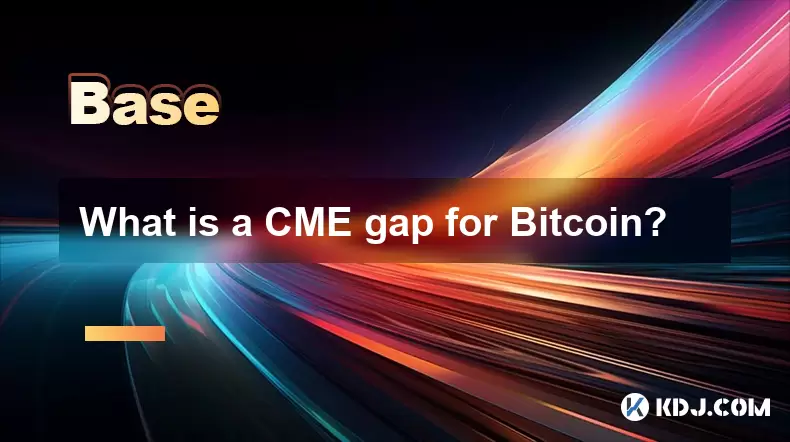
What is a CME gap for Bitcoin?
Jul 03,2025 at 05:49pm
Understanding the Concept of a CME GapA CME gap refers to a discrepancy in price between the closing price of Bitcoin on the Chicago Mercantile Exchange (CME) and its opening price when trading resumes. This phenomenon occurs because the CME operates during specific hours, typically aligned with traditional market hours, while cryptocurrency markets ope...
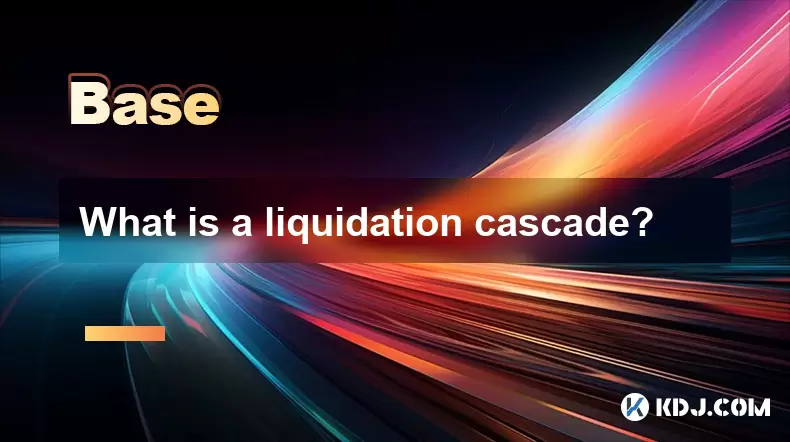
What is a liquidation cascade?
Jul 03,2025 at 07:15am
Understanding the Concept of LiquidationIn the realm of cryptocurrency trading, liquidation refers to the process by which a trader's position is automatically closed due to insufficient funds to maintain the leveraged trade. This typically occurs when the market moves against the trader's position and their account equity falls below the required maint...
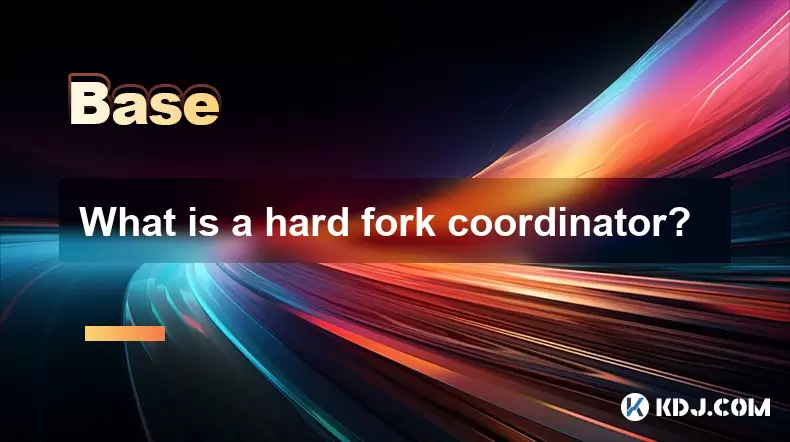
What is a hard fork coordinator?
Jul 03,2025 at 12:42pm
Understanding the Role of a Hard Fork CoordinatorIn the world of blockchain and cryptocurrencies, a hard fork coordinator plays a critical role during major network upgrades. A hard fork is a significant change to a blockchain’s protocol that makes previously invalid blocks or transactions valid (or vice versa). This type of upgrade requires all nodes o...
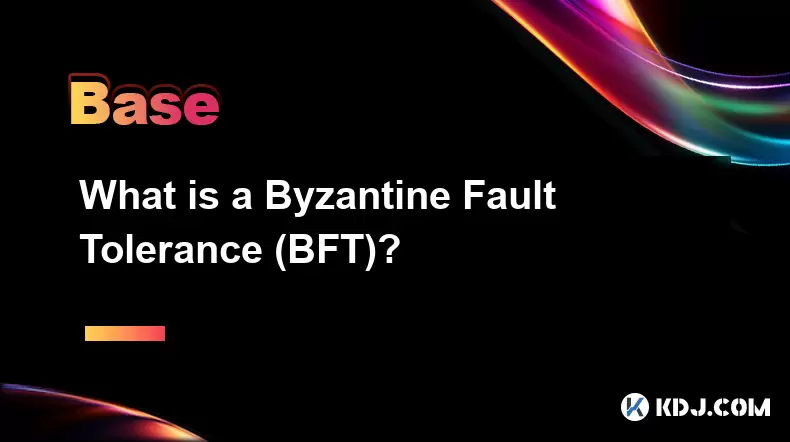
What is a Byzantine Fault Tolerance (BFT)?
Jul 03,2025 at 11:49am
Understanding the Concept of Byzantine Fault ToleranceByzantine Fault Tolerance (BFT) is a critical concept in distributed systems, particularly within the realm of blockchain technology and cryptocurrencies. It refers to the ability of a system to continue functioning correctly even when some components fail or behave maliciously. The term originates f...
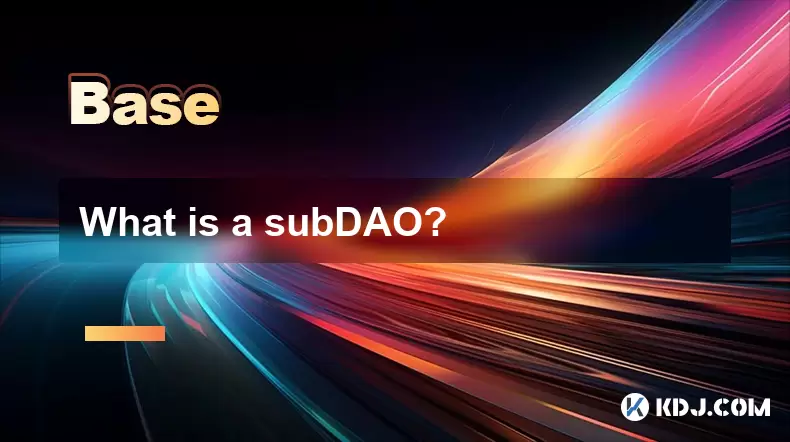
What is a subDAO?
Jul 03,2025 at 09:36am
Understanding the Concept of SubDAOA SubDAO, short for Sub-Decentralized Autonomous Organization, is a specialized entity that operates under the umbrella of a larger DAO (Decentralized Autonomous Organization). It functions with its own set of rules, governance mechanisms, and tokenomics while remaining aligned with the overarching goals of the parent ...

What is open interest in derivatives?
Jul 03,2025 at 02:49pm
Understanding Open Interest in DerivativesOpen interest is a critical metric used in the cryptocurrency derivatives market, particularly when analyzing futures and options contracts. It represents the total number of outstanding contracts that have not been settled or closed by either party involved. Unlike trading volume, which counts all trades made i...

What is a CME gap for Bitcoin?
Jul 03,2025 at 05:49pm
Understanding the Concept of a CME GapA CME gap refers to a discrepancy in price between the closing price of Bitcoin on the Chicago Mercantile Exchange (CME) and its opening price when trading resumes. This phenomenon occurs because the CME operates during specific hours, typically aligned with traditional market hours, while cryptocurrency markets ope...

What is a liquidation cascade?
Jul 03,2025 at 07:15am
Understanding the Concept of LiquidationIn the realm of cryptocurrency trading, liquidation refers to the process by which a trader's position is automatically closed due to insufficient funds to maintain the leveraged trade. This typically occurs when the market moves against the trader's position and their account equity falls below the required maint...

What is a hard fork coordinator?
Jul 03,2025 at 12:42pm
Understanding the Role of a Hard Fork CoordinatorIn the world of blockchain and cryptocurrencies, a hard fork coordinator plays a critical role during major network upgrades. A hard fork is a significant change to a blockchain’s protocol that makes previously invalid blocks or transactions valid (or vice versa). This type of upgrade requires all nodes o...

What is a Byzantine Fault Tolerance (BFT)?
Jul 03,2025 at 11:49am
Understanding the Concept of Byzantine Fault ToleranceByzantine Fault Tolerance (BFT) is a critical concept in distributed systems, particularly within the realm of blockchain technology and cryptocurrencies. It refers to the ability of a system to continue functioning correctly even when some components fail or behave maliciously. The term originates f...

What is a subDAO?
Jul 03,2025 at 09:36am
Understanding the Concept of SubDAOA SubDAO, short for Sub-Decentralized Autonomous Organization, is a specialized entity that operates under the umbrella of a larger DAO (Decentralized Autonomous Organization). It functions with its own set of rules, governance mechanisms, and tokenomics while remaining aligned with the overarching goals of the parent ...
See all articles























